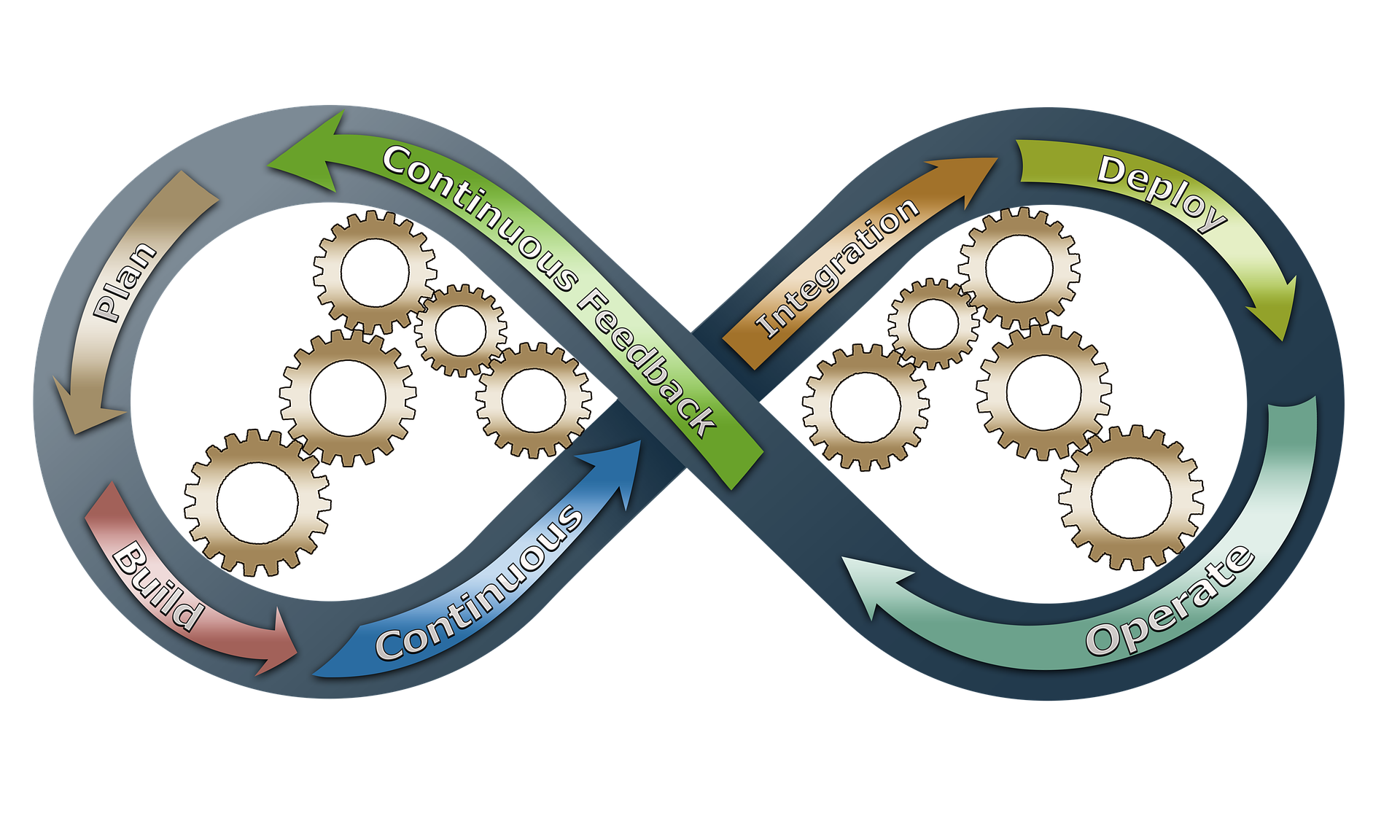Continuous improvement is a vital aspect of any organisation. It involves consistently improving processes, products, and services to enhance efficiency, productivity, and quality. It is essential to have the right methods and tools in place, and, in this article, measure2improve will explore the most effective methods and tools.
-
Lean Six Sigma
Lean Six Sigma is a popular continuous improvement method that combines the principles of Lean and Six Sigma. Lean focuses on minimizing waste, while Six Sigma aims to minimize defects. By integrating these two methodologies, organizations can identify and eliminate waste and defects to improve efficiency and quality. Lean Six Sigma provides a structured approach to continuous improvement, consisting of five phases: Define, Measure, Analyze, Improve, and Control (DMAIC).
-
Kaizen
Kaizen is a Japanese term that means continuous improvement. It is a philosophy that encourages small, incremental changes to improve processes, products, and services. Kaizen involves the entire organization and emphasizes the importance of involving employees in the improvement process. This method helps to foster a culture of continuous improvement, where everyone is encouraged to identify and suggest changes to enhance efficiency and quality.
-
PDCA Cycle
The PDCA (Plan, Do, Check, Act) cycle is a popular continuous improvement tool that provides a structured approach to continuous improvement. It involves four stages: planning, executing, monitoring, and adjusting. The PDCA cycle helps organizations to identify areas for improvement, develop and implement solutions, monitor the results, and make adjustments to ensure continuous improvement.
-
Value Stream Mapping
Value Stream Mapping (VSM) is a tool that helps organizations to identify and eliminate waste in their processes. It involves creating a visual map of the entire process, including all the steps and the flow of materials and information. This tool helps to identify areas of waste, such as overproduction, waiting, defects, and unnecessary motion. Once the waste is identified, the organization can implement solutions to eliminate it and improve efficiency and quality.
-
Root Cause Analysis
Root Cause Analysis (RCA) is a problem-solving tool that helps organizations to identify the underlying causes of problems. RCA involves a structured approach to problem-solving, where the organization identifies the problem, gathers data, identifies the root cause, and develops and implements solutions to prevent the problem from recurring. RCA is an essential tool for continuous improvement as it helps organizations to identify and eliminate the underlying causes of problems.
-
Total Productive Maintenance
Total Productive Maintenance (TPM) is a method that emphasizes the importance of maintenance to improve efficiency and quality. TPM involves a structured approach to maintenance, where the organization focuses on preventing breakdowns and defects rather than fixing them after they occur. This method helps to improve equipment reliability, reduce downtime, and enhance quality.
In conclusion, effective methods and tools for managing continuous improvement are critical for organizations that want to remain competitive and improve efficiency and quality. These methods and tools provide a structured approach to continuous improvement and help organizations to identify areas of waste, improve processes, and enhance quality. By implementing these methods and tools, organizations can create a culture of continuous improvement and achieve long-term success.
